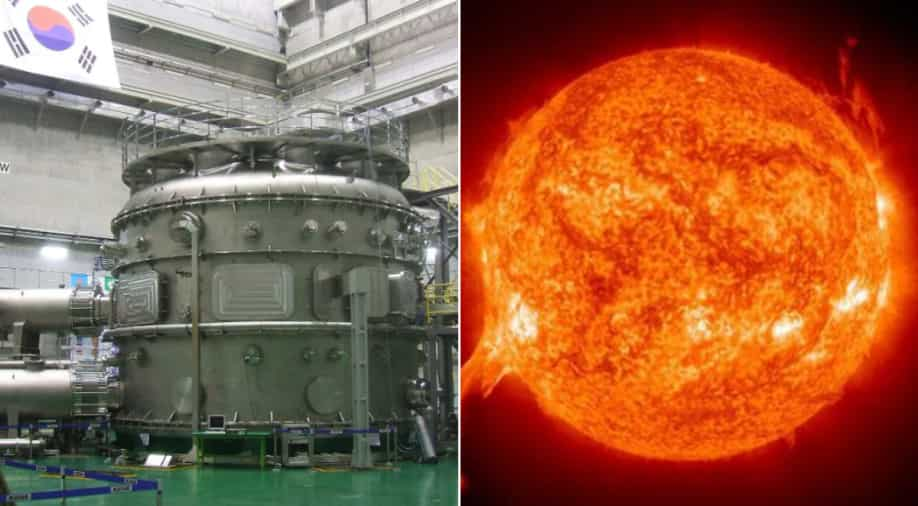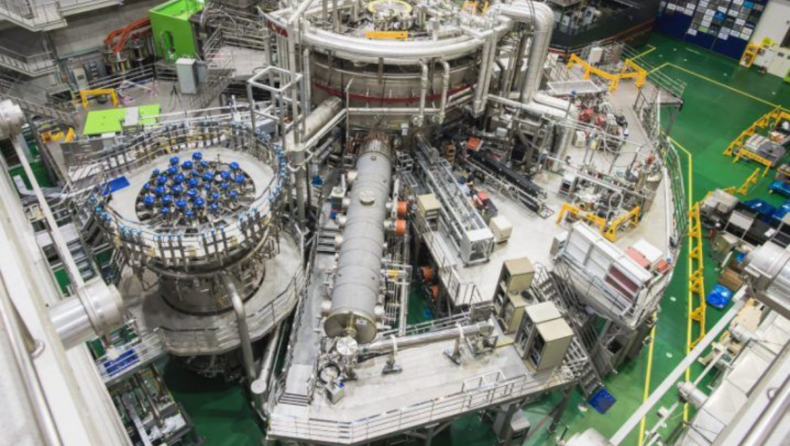
A fusion device in South Korea superconducting tokamak advanced research(KSTAR) made a record the time it maintained a temperature of 100-degree Celsius, 7 times hotter than the sun for nearly 20 seconds.
The reactor was successful in maintaining the temperature without plasma edge instabilities or impurity accumulation.
“KSTAR’s success in maintaining the high-temperature plasma for 20 seconds will be an important turning point in the race for securing the technologies for the long high-performance plasma operation, a critical component of a commercial nuclear fusion reactor in the future,” says Si-Woo Yoo, the center director of the KSTAR research at Korea Institute of fusion energy. Adding that the key to the realization of fusion energy is the technology required for long operations at such high temperatures.
“Further improvement of FIRE (fast-ion-regulated enhancement) modes to realize a longer steady-state operation for several hundred seconds with higher performance is foreseen as one of the promising paths towards a fusion reactor,” the research team said in the study.
The ultimate objective of the KSTAR is to achieve 300 seconds of continuous operation with an ion temperature greater than 100 million degrees Celsius by 2025.
ITER, or the International Thermonuclear Experimental Reactor, is a large project that is now in the process of ramping up its development pipeline. In the global effort for nuclear fusion energy, each milestone is, therefore, doubly important.
While impressive, KSTAR’s new record performance reveals a paradox that permeates the whole nuclear fusion energy business. Because our physical assembly to support “artificial suns” such as KSTAR are still composed of common, Earth-bound substances. Consider how you would design a structure to “contain” the sun; how could you do that without everything melting immediately? Even the most distant concept of the Dyson sphere relies on an empty buffer between the star and the energy-collecting plates.
Nuclear energy is an umbrella word for technologies that manage the nuclei of atoms to produce heat that is converted into electrical energy. Today’s nuclear power plants use fission technology, which involves the utilization of heavier materials whose nuclei are forcibly divided to generate heat. Fusion, when extra particles are forcibly added to the nuclei of extremely light elements, is the next big thing in nuclear energy, according to its proponents. Fusion processes necessitate temperatures that are numerous orders of magnitude higher, which results in substantial expenses.
Published By: Sandipan Dutta













